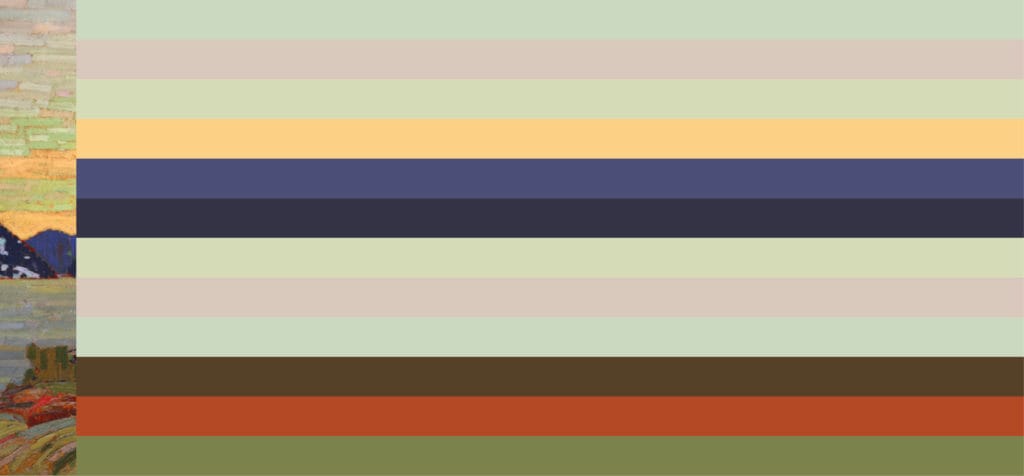The Newsroom
Excerpt: “The Good Lands” – Art is our Way of Life
Art Is Our Way of Life
by Lee Maracle
This book is intended as a celebration of the land we cherish and a step toward a reconciliation of Indigenous and non-Indigenous understandings of the land and its significance. But before we can have reconciliation, we must have truth. I want to start by laying out some truths.
Canadians have only recently become aware of the incarceration of Indigenous children in residential schools. The Truth and Reconciliation Commission has made its findings public, and many Canadians truly want to reconcile themselves with this history. Over a period of a hundred years—and longer in some cases (from the late 1800s to 1996)—these schools separated more than half of Canada’s Indigenous children from their families.
Not all Canadians are aware of the history that preceded this confinement. In 1867, England granted the entire colony of Canada to male descendants of Great Britain who were loyal to the Crown. This land grant included the British settlement of Upper Canada and French-speaking Lower Canada, as well as the North West Territories, Manitoba, Saskatchewan, Alberta and British Columbia. It did not, however, address the original inhabitants of the land that was being granted, nor consult them in the process. When Newfoundland finally joined Confederation in 1949, its citizens were granted the courtesy of voting for or against the decision. But, in 1867, no one asked the Indigenous peoples—or, for that matter, the Scottish or French-speaking settlers of Manitoba—if they wished to join. Along with the granting of land came the bestowing of governmental power over Indigenous peoples.
This power became absolute in 1876, with the enactment of the first Indian Act, in which Indigenous peoples became children in the eyes of the law, without any authority over their lives, lands or children. Not long after, Canada invoked what have come to be known as the “potlatch laws,” which banned all Indigenous music, culture, songs, dances and ceremonies. The Métis were not under the “protection” of the Indian Act, but they did not enjoy the rights of other European settlers either. It was a colour- and gender-stratified society—not a democracy.
This, then, is the context in which our children were forcibly removed from our homes. The schools were institutions designed to destroy our cultural and spiritual beliefs, and sever our connection to our families and the land. By the time the last residential school was closed in 1996, our languages were in danger of disappearing. But as we had done so many times in the past, Indigenous peoples rose up and began restoring them. Much still needs to be done, but we have never feared hard work.
Ironically, residential schools exposed us to European fine art, to paints and to painting. It was not long before artists such as Alex Janvier, Daphne Odjig and Norval Morrisseau emerged from these institutions with a new way to tell old stories. Despite efforts to the contrary, our beliefs were once again being transmitted through art—and not just to our own peoples, but to all Canadians. The residential schools could not destroy our connection to the land, and our stories grow out of that connection. These stories reside inside our souls. In many of our languages, the word “art” means “way of life.” And so, we picked up European paints and brushes, and began reconceiving our way of seeing the world.
The Good Lands: Canada Through the Eyes of Artists is available now.
